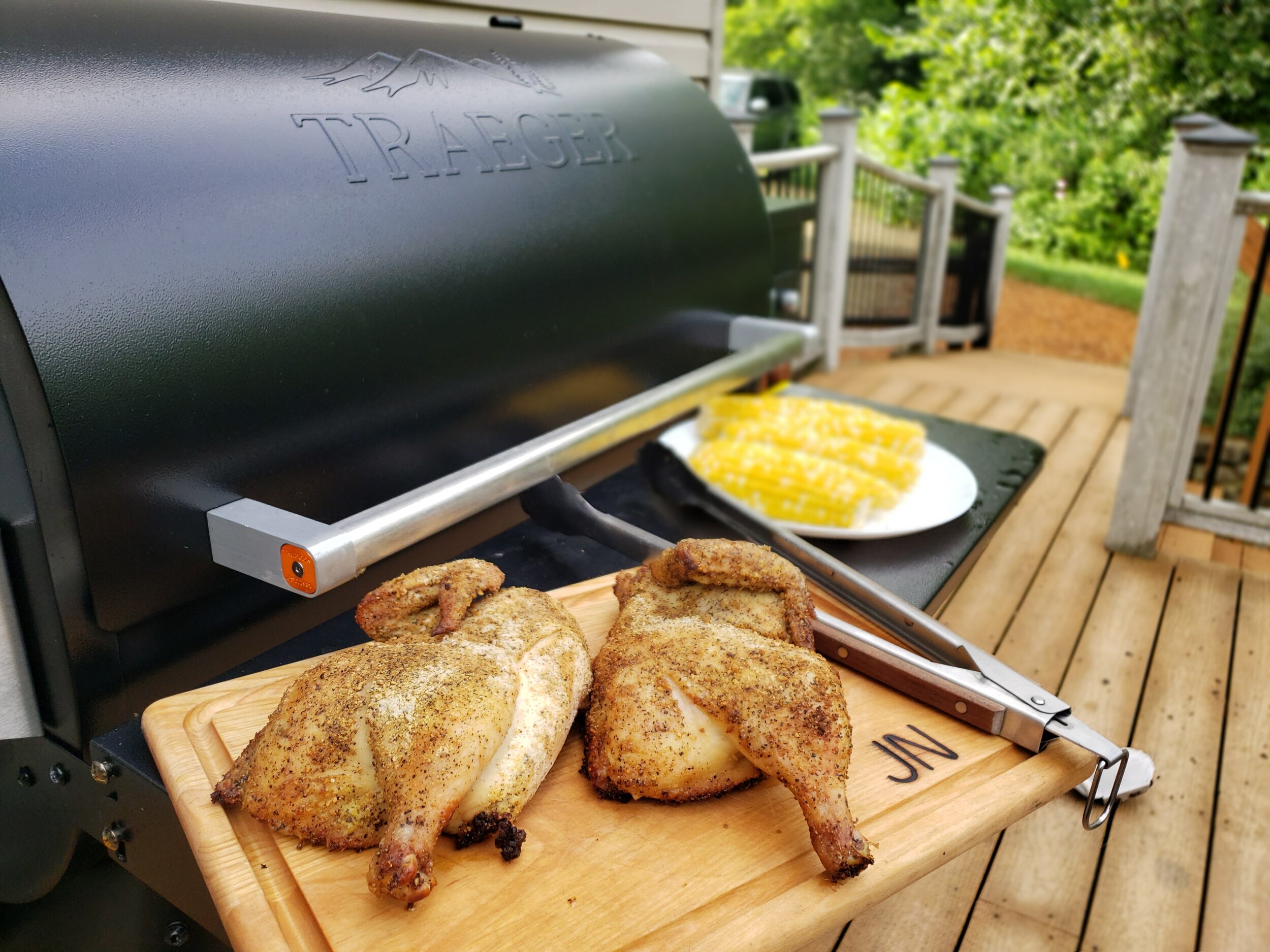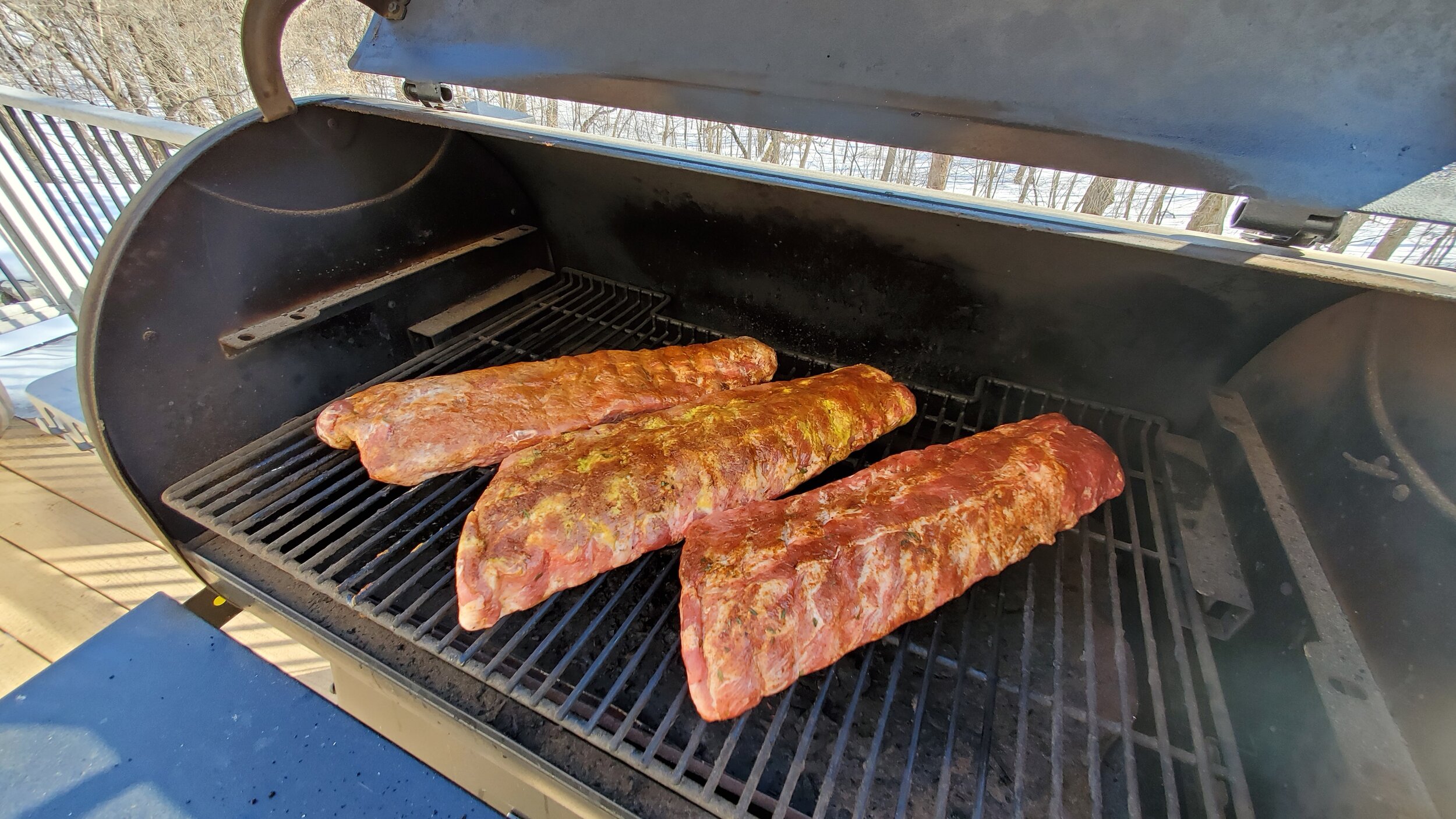Birds are showing themselves in a big way these days, as snow recedes from wooded hillsides and crop fields offer what’s left of last fall’s bounty. It’s got turkeys on top-of-mind for all kinds of hunters who, rightfully so, are excited to get out and kill some winter blues and hopefully turkeys in a few mere weeks. Yet, despite the enthusiasm, there’s a case to be made for some patience, or at least not putting all your tags in the early basket should you be able to get out with family and friends.
Sometimes, waiting a few weeks until green-up is a better option than hunting early season turkeys.
Early Birds Ain’t Dumb
I’ve heard it said that first-season birds are “dumb” or “easier-to-kill” when chasing them on opening weekend or at least during the first week or so of the season. Birds will decoy easier in my experience during the first few time periods, and unfettered access to birds that have been scouted for weeks really does provide an upper-hand. While I understand the sentiment, and agree that there’s advantage to being the first person to send a call at a tom that hasn’t heard or seen a hunter for months, it’s sometimes amazing how “smart” they can seem in the early part of the spring.
Then again, “smart” probably isn’t the right way to describe an early season longbeard. They’re certainly still sharp, but even more-so instinctual, and caught up in the rites of spring. That makes them seem more intelligent than they are, if at times more difficult to take. They stick tight to their hens, often don’t make a peep sans some heavy roost gobbling, and can be tough to converse with. Ultimately, they don’t need to gobble on the ground as much, because they’re frequently in close visual contact with a bevy of hens.
Lots of Beady Little Eyes
Early seasons are often characterized by hero-or-zero type days, where you’re really on ‘em, or not at all. Birds are typically still flocked-up, roosting together in large mating groups that can be tough to crack. While you may be in tight on them early morning, the whole crew can march off as you attempt to lay it on thick to any of several gobblers in the flock. Lead hens don’t like upstart and unfamiliar Jenny’s (you), and pretty soon you’ve got a long line of rubbernecks working a bee-line straight away from you.
To make matters worse, you’ve got little room for error in the naked early season understory. Even in big timber and brush, its extremely difficult to conceal movement and reposition on birds nearby. While it’s easier to keep a visual on them, the reverse is also true, and there’s usually far more of them than you. It never fails, some inconsequential hen far to the left or right of your viewable area spots a toe-twitch or a head-scratch and the game is blown before it begins. I’d rather take on less pairs of legendary eyes than more, and also do so during later seasons where I can get away with at least a bit of movement.
The Effect of Hunting Pressure
You’re also contending with the dynamic of hunting pressure. While most people hunt early to try to escape pressure, or hunt birds that haven’t been pressured, it’s amazing how many people can be in the woods pushing birds around in the first few weeks. What may be considered an opportunity to hunt un-pressured, “easy” birds, turns into an exhausting exercise of finding areas without tracks and parked trucks.
What I will concede is that during early season, there are simply more gobblers to go around. Rather than them being an easy target, I think the fact that early season supply starts at max leads to those thoughts. There are times, in early season, where entire valleys seem to be alight with gobbling birds in the morning hours. To the point where it would seem difficult not to kill a bird if you just sat still and let one wander into range. Surely, sitting tight during early seasons certainly has a place in terms of strategy. In Minnesota, where I grew up hunting, it’s been the preferred tactic of most hunters for many years. Understandably so, as most hunters simply did what they did in the fall for whitetails; take a stand, get comfortable, and wait for one to come along. Not to mention, it’s often pretty successful, especially if you’ve done some scouting, have a little patience, and will be hunting the first few weeks of the season.
Yet, one of the reasons I enjoy turkey hunting so much, is specifically because it’s NOT deer hunting. Woodsmanship, calling, and some strategic repositioning makes the sport what it is, at least for this turkey hunter. That’s a game more easily played once green-up occurs, when the budding understory both conceals movement and offers legitimate pathways to approach certain birds. Terrain plus greenery flips the script a bit, putting you at a greater advantage providing you like hunting this way.
More Gobbling Happens Later
Perhaps the unsung heroes of later seasons, are the longbeards themselves, who during this time can often be gobbling at all hours. Mid-season and on, gone are days of big flocks of notoriously henned-up birds, and what’s more common is toms that are left mid-day by the very hens that made them so difficult to kill earlier. With hens that are focusing efforts on nesting, it’s not coincidental then that research indicates an increase in overall gobbling as toms seek out the last of the unbred or non-nesting hens. That’s right, even though many birds may have been harvested from a single area, it can be common to hear even more gobbling from the ones that are left, all throughout the day. That makes them a more vulnerable target, and a fun way to fill a tag.
Don’t get me wrong, I’ll likely be hunting early as well, especially for youth seasons and the like where blind-hunts and decoys are more commonplace for me. In reality, there’s not a “bad” time to hunt turkeys during the spring season. That said, especially in these times with more liberal bag limits, open-ended seasons, and greater availability of early tags, it can pay to be patient and wait for some of the best turkey hunting that’s yet to come.









